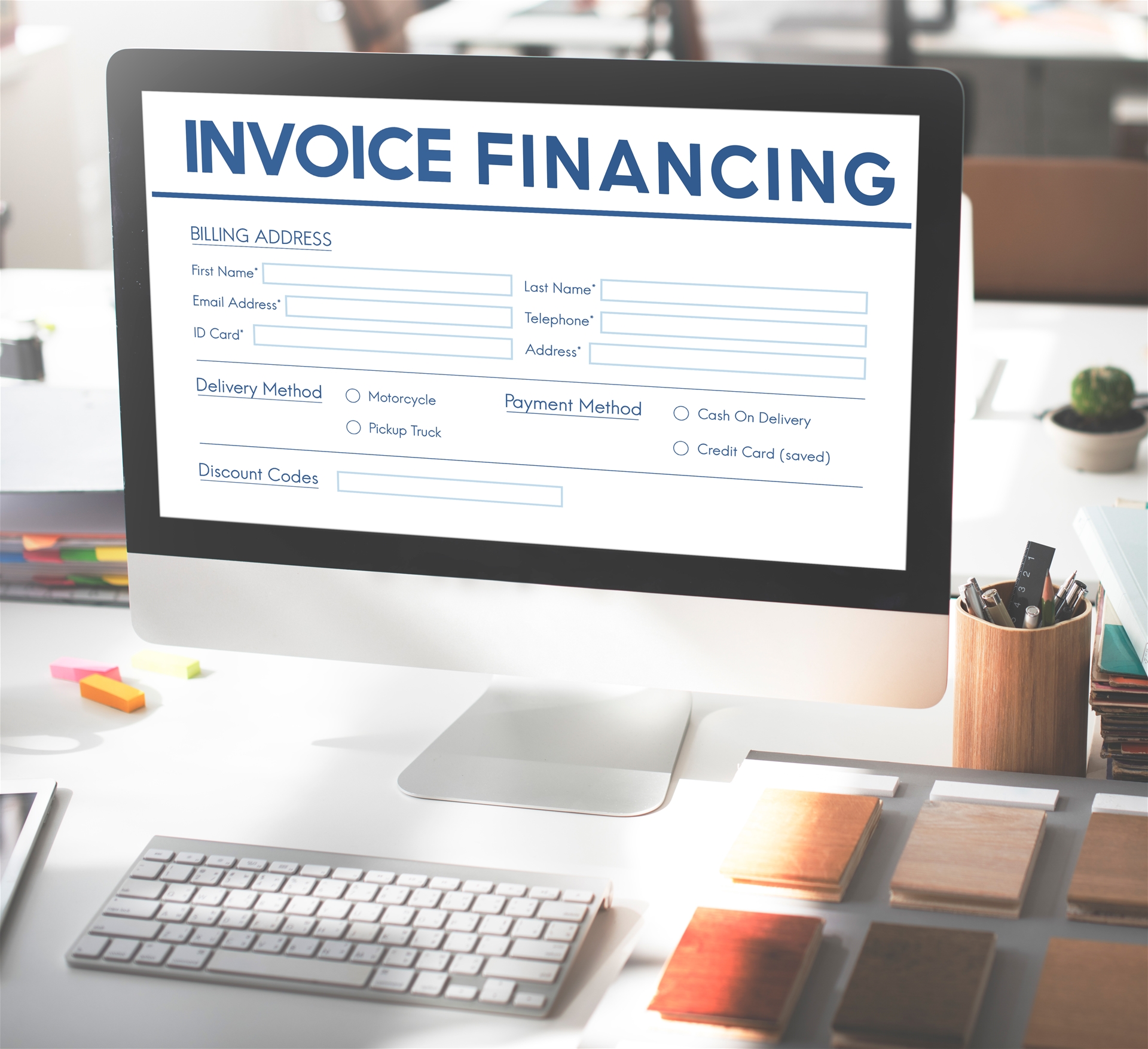 Back to news listing
Back to news listing Invoice financing: A cashflow management alternative
News


Invoice financing, which allows sellers to obtain funds against the security of invoices drawn on their buyers, is at its core a short-term cashflow management tool.
One of several options available to corporates looking to leverage funds held up in open account trade, invoice financing is suitable for periods of rapid growth or while venturing into new markets – when working capital and cashflows are strained – as it allows sellers to quickly turn invoices into cash instead of waiting for the buyer to pay, which can take weeks. For instance, Atradius’ Payment Practices Barometer survey shows B2B payment terms in Asia average 43 days.
Factoring and discounting are the two most common methods of invoice financing, which is particularly useful when companies are unable to self-fund their trade receivables or secure loans or lines of credit from banks. Further, the ability to outsource credit control and ledger management – services a factoring company often provides – can be useful to sellers. However, while it is an attractive alternative at first sight, the costs involved can be significant
How does invoice financing work?
Invoice factoring involves a seller transferring legal ownership of an invoice to a factoring company in return for an advance payment, which averages between 70% to 90% of the invoice value depending on aspects such as the buyer’s payment record, credit duration and the seller’s reputation. The factoring company pays the remainder of the invoice amount to the seller, after deducting a fee, when the invoice is paid by the buyer.
Factoring services are provided on a “without recourse” basis or “with recourse” basis. “Without recourse” factoring means the seller is not obliged to reimburse the factoring company if a buyer defaults on payments. In the case of “with recourse” factoring, the factoring company may seek full reimbursement of the advances made, making it a less attractive option as it offers sellers only a cashflow advance and no security against buyer or political risks. However, it should be noted that even for “without recourse” factoring, the factoring company will still seek reimbursement if the reason for non-payment by the buyer is due to non-performance of the contract by the supplier, or where fraud is discovered.
With invoice discounting, a bank will offer to advance funds – normally around 85% of invoice value – to a seller against invoices submitted to a buyer. The advance is based on the bank’s assessment of the buyer’s financial strength, the seller’s credentials and the country risks involved. One key difference with discounting is that banks will not take legal ownership of the debt nor undertake collection activities. If a buyer defaults on a payment, the debt will be returned to the seller who will then have to reimburse the bank.
Is invoice financing the right choice?
Factoring, despite being more expensive, is generally considered a better option for small and mid-sized businesses, and less experienced sellers, as it can include services such as credit assessment of buyers, ledger management and debt collection. Discounting is mainly used by large companies as banks look for a long and unblemished track record while assessing the seller’s ability to repay the full amount advanced should the buyer default.
The impact on profit margins is a key consideration. While both options may seem like an easy way to obtain trade finance, enhance cash flows to pay for operating expenses, and offer longer credit terms to the buyer, they can be expensive. Fees for both invoice discounting and factoring can be significant, ranging between 1% to 5% of the invoice value, not including arrangement and administration fees. These can add up to a hefty sum and must be carefully weighed against the cashflow boost they provide.
Additionally, factoring and discounting can be resource-intensive with sellers required to submit documentation, such as schedules of accounts and copies of invoices, for each advance. There are other drawbacks: Some buyers may see a seller’s use of factoring as a sign of financial distress while a factoring company’s focus on chasing payments can hurt longstanding buyer-seller relationships. Moreover, unforeseen circumstances such as financial crises can quickly heighten payment risks without leaving sellers enough time to take evasive action.
For these reasons, invoice factoring or discounting would be sensible only if a company’s key requirement is to fund a short-term gap in cashflows, and if it has absolute confidence in a buyer’s ability to repay dues, is comfortable absorbing the significant costs involved, and there are no political risks to be managed.
Where improved cashflow together with risk mitigation is the requirement, a combination of invoice financing and credit insurance may be the most appropriate solution. Many banks and factoring companies either take out credit insurance policies to protect themselves or insist that sellers buy credit insurance, as a risk mitigation measure. Such a two-pronged approach is ideal because while invoice financing allows sellers to secure cashflows without waiting weeks for buyers to settle invoices, credit insurance provides all parties greater visibility into the risks involved and protects them when buyers default.
Further, when sellers choose both solutions, credit insurance offers a number of complementary benefits: It acts as a gateway to obtaining finance that might otherwise be unavailable as banks take comfort from the protection offered by credit insurance and will be more inclined to work with such sellers. Companies covered by a reputed insurer can also expect to be offered higher levels of funding and at better rates, thus potentially reducing their overall cost of financing.
Conclusion
As Asian exporters grow in stature and sophistication, they are increasingly cognisant of the various pros and cons of invoice financing as a credit risk management solution, and are turning to a range of options – from letters of credit to bank guarantees to credit insurance – to better manage their credit risk as they expand their operations around the world ... invoice factoring or discounting would be sensible only if a company’s key requirement is to fund a short-term gap in cashflows, and if it has absolute confidence in a buyer’s ability to repay dues, is comfortable absorbing the significant costs involved, and there are no political risks to be managed.
Contact Tokio Marine Insurance Vietnam to understand how credit insurance can help you today!
Email: customerservice.mkt@tokiomarine.com.vn
Hanoi : 024 3933 0704Ho Chi Minh: 028 3822 1340
Trade Credit insurance: Click here for more details.
This article is contributed by Atradius and is subject to their disclaimer here. We partner with Atradius since 2011 to provide trade credit insurance for businesses in Vietnam.
.png) | About AtradiusEstablished in 1925, Atradius is one of the world’s leading providers of trade credit insurance, surety, debt collections and information services. Headquartered in Amsterdam, Atradius provides services worldwide through a strategic presence in more than 50 countries. For more information, please click here. |








